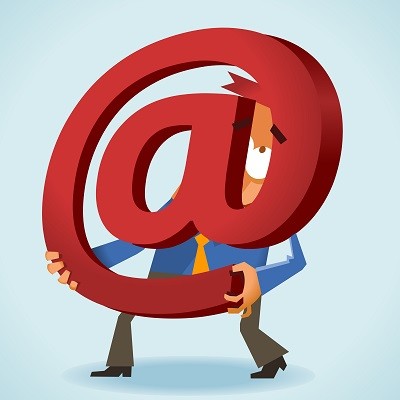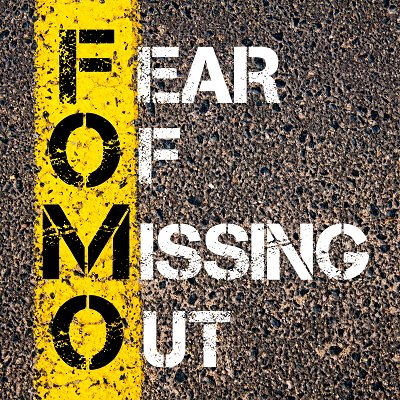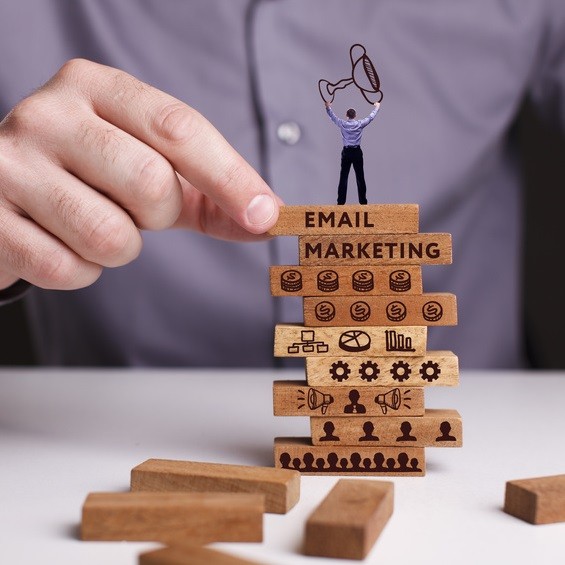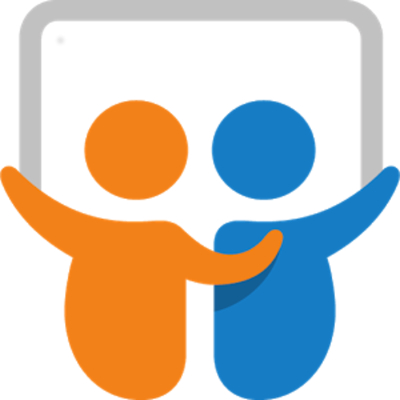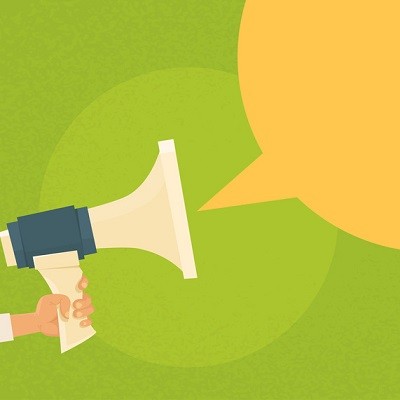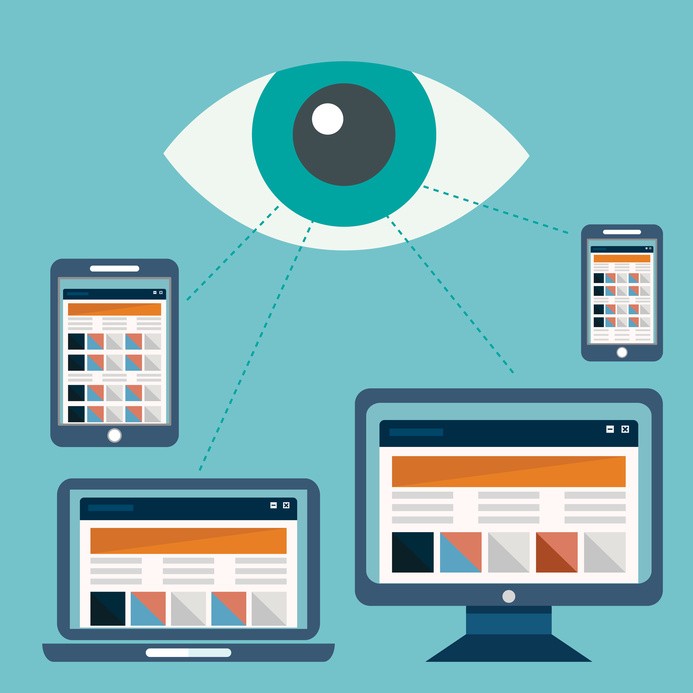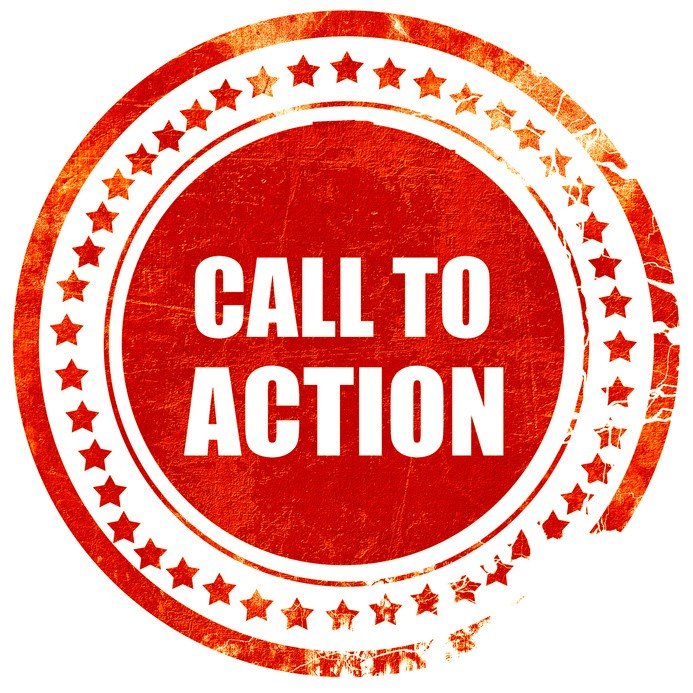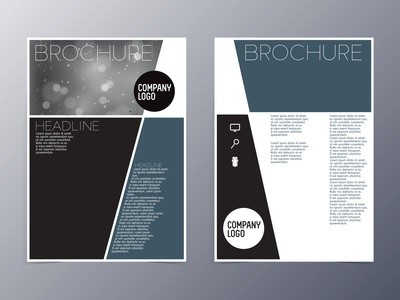So, your team has an SEO strategy for your MSP website chugging along. You follow best practices and can drive high-quality, relevant traffic better than a dancing traffic cop. There’s just one problem: no calls, no forms completed, no emails received, and no conversions at all. So, what are you doing wrong?
The problem isn’t your SEO. What you actually need to do is reconsider your closing argument as to why you, not your competitors, are the best option.


